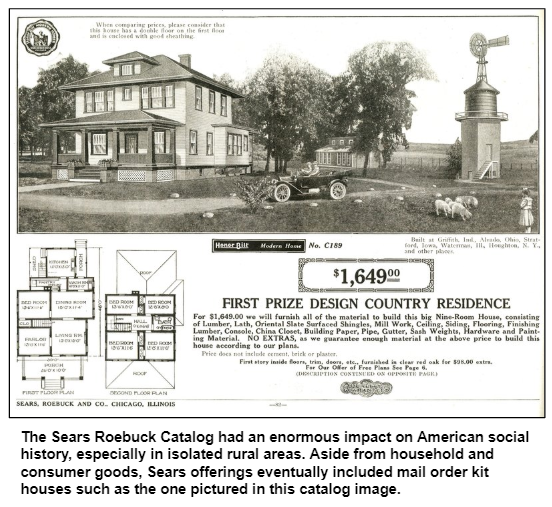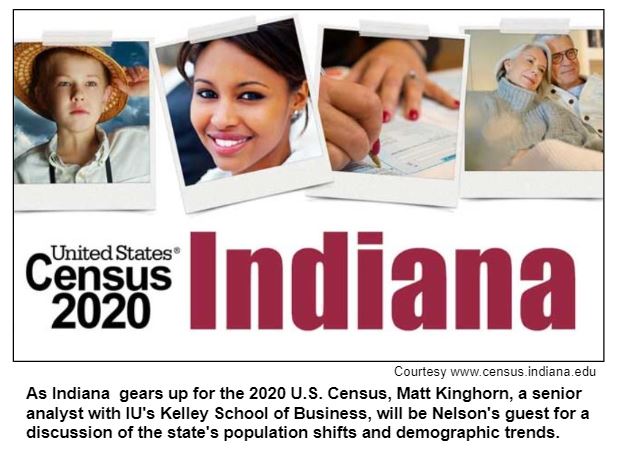
Saturdays, noon to 1 p.m. ET on WICR 88.7 FM.
Or stream audio live from anywhere on WICR Online!
You can listen to recent shows by clicking the podcast links below, or check out our extensive archive of past shows available as podcasts.
April 25, 2020
Sears Roebuck catalog and Sears kit homes: encore
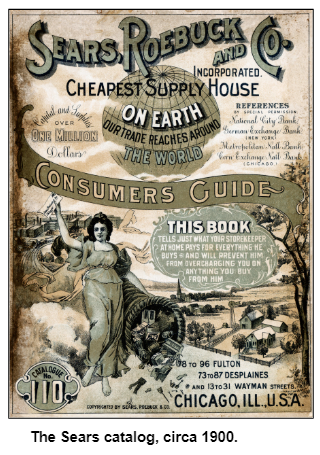
In addition to leafing through the catalog's significance in its heyday (with more than 500 pages, it has been called "the amazon.com of its era" by social historians), we also explore Sears kit homes that were built across Indiana beginning in 1908.
The mail-order catalog began earlier, during the 1890s, and offered products ranging from household appliances to hats, shoes, undergarments, sleds, dolls and baseball mitts from Sears. Rival retailer Montgomery Ward had been selling goods by mail even before that, having been established in 1872.
Nelson's studio guests are Paul Diebold of Indiana DNR's division of historic preservation and archaeology, an expert on Sears kit homes, and public historian Glory-June Greiff, who has researched the impact of the catalog.
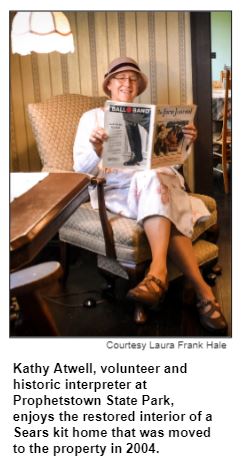
Eventually, she adds, the catalogs even resulted in a clamor for improvements to county roads, "especially farm-to-market roads so that rural dwellers could more easily pick up their catalog orders. No RFD [Rural Free Delivery] then." In fact, the popularity of catalog-ordering was a major factor in establishing RFD.
Although the most prevalent Sears kit homes were bungalows and cottages, the ready-to-assemble houses came in dozens of styles. Aspiring homeowners were sent lumber and other supplies along with an 80-page instructional booklet, Paul Diebold notes.
At The Farm at Prophetstown in Prophetstown State Park in Tippecanoe County, there's even a replica of a Sears kit farmhouse as well as a restored kit home that was moved from nearby Lafayette.
 The kit homes - Sears preferred the phrases "Sears Modern Home" or "Sears Catalog Home" - were available for order for 32 years, ending in 1940. The kit homes were particularly popular in cities like Indianapolis that had direct railroad connections with Chicago-based Sears, Paul says.
The kit homes - Sears preferred the phrases "Sears Modern Home" or "Sears Catalog Home" - were available for order for 32 years, ending in 1940. The kit homes were particularly popular in cities like Indianapolis that had direct railroad connections with Chicago-based Sears, Paul says.
By 1915, when Sears opened its first retail store in Chicago, the catalog and kit homes had become iconic. According to news accounts about the bankruptcy, at its retailing peak Sears had 4,000 department stores across the country,
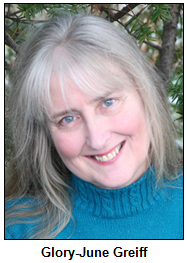 The closings announced in 2018 included Sears stores in Greenwood and Terre Haute. Sears had been an anchor of the Greenwood Park Mall since the regional shopping center opened in 1966. A wave of closings announced earlier in 2018 included the store at Castleton Square Mall, the only remaining Sears department store in Indianapolis.
The closings announced in 2018 included Sears stores in Greenwood and Terre Haute. Sears had been an anchor of the Greenwood Park Mall since the regional shopping center opened in 1966. A wave of closings announced earlier in 2018 included the store at Castleton Square Mall, the only remaining Sears department store in Indianapolis.
Sears began as a watchmaking company in the 1880s. Like Sears, Montgomery Ward was based out of Chicago; it initially sold goods exclusively by mail. During our show, Glory-June discusses retail options that were available to rural dwellers before Ward and Sears -- and "how the catalog companies changed all that."
According to the New York Times, some editions of the Sears Roebuck catalog "would fatten to more than 1,000 pages" during the early 1900s.
"It educated millions of shoppers about mail-order procedures such as shipping, cash payment, substitutions and returns," according to an article published on the Smithsonian website. "It used simple language and a warm, welcoming tone."
Our ears are burning!
Check out what Inside Indiana Business has to say about the national recognition Hoosier History Live is getting with its recent invitation to be archived in the Digital Public Library of America.
Nelson Price, host and historian
Molly Head, producer/general manager, (317) 927-9101
Michael Armbruster, associate producer
Cheryl Lamb, administrative manager
Richard Sullivan, senior tech consultant
Pam Fraizer, graphic designer
Garry Chilluffo, consultant
Please tell our sponsors that you appreciate their support!

 For organizational sponsorship, which includes logos, links, and voiced credits in the show and in podcasts, contact producer Molly Head at (317) 927-9101 or email her at molly@hoosierhistorylive.org. Our podcast listens are increasing at a rate of 17% a month!
For organizational sponsorship, which includes logos, links, and voiced credits in the show and in podcasts, contact producer Molly Head at (317) 927-9101 or email her at molly@hoosierhistorylive.org. Our podcast listens are increasing at a rate of 17% a month!
Acknowledgments to Visit Indy, Fraizer Designs, WICR-FM, Henri Pensis, Aaron Duvall, Chloe Tyson, and many other individuals and organizations.
Thank you!
We'd like to thank the following recent, new and renewal contributors whose donations help make this show possible!
- Jim and Nancy Johnson
- Marion Wolen
- Robin Winston
- Peggy Hollingsworth
- Kathleen Angelone
- Jill Lough Chambers
- Jinsie Bingham
- Bruce and Julie Buchanan
- Jane Simon Ammeson
- Chuck and Karen Bragg
- Theresa and Dave Berghoff
- Dr. William McNiece
- Ann Frick
- Margaret Smith
- Carl and Kathleen Widland
May 2, 2020 - coming up
Population and demographic shifts in Indiana
With the U.S. Census underway, Hoosier History Live is turning to a respected demographer to shine a light on trends - some recent and others deeply historic - about the state's residents and where they live.

Some other intriguing statistics: In 1860 - the year before the Civil War - Indiana was the fifth most populous state in the country, "trailing New York, Pennsylvania, Ohio and Illinois," Matt says.
And, although 60 of Indiana's 92 counties gained people in 2018, some counties experienced population declines. In fact, several rural counties peaked in population during the early 1900s and have been losing residents ever since. Other counties with mid-sized cities that served as manufacturing hubs peaked during the 1960s and '70s.
Matt will be Nelson's guest to discuss population and demographic shifts, including the state's increasing diversity. From 2010 to 2013, the Hispanic population showed the largest growth of any racial or ethnic group, increasing by about 10,000 residents each year. More recently, though, the birth rate among Hispanic families has fallen sharply and, as Matt describes it, "is more in line with other groups in the state."
During the early 1990s, Hoosier teenagers were nearly as likely to give birth as women ages 30 to 34, according to Matt's research. By 2017, though, the birth rate for teenagers had fallen below that for women in their early 30s. He notes that both state and national birth rates have been declining since 2007, tracking the onset of the recession that began in 2008.
Some other statistics from Matt:
- In 2018, the Indianapolis metropolitan area had 2.04 million people, or about 31 percent of the state's total population. The fastest-growing county in the state was Hamilton County, followed by Hendricks County.
- Union County in far-eastern Indiana (the county seat is the town of Liberty) experienced the sharpest rate of population decline in 2018, while Delaware County (which includes Muncie) lost the largest number of residents.
- In 1900, 66 percent of the state's population lived in rural areas. Just 19 percent did in 2010.
After the 2010 U.S. Census, Matt Kinghorn was a guest on Hoosier History Live for a show analyzing its findings. For more Indiana-specific info for various decades and demographic research, visit:
© 2020 Hoosier History Live. All rights reserved.
|
